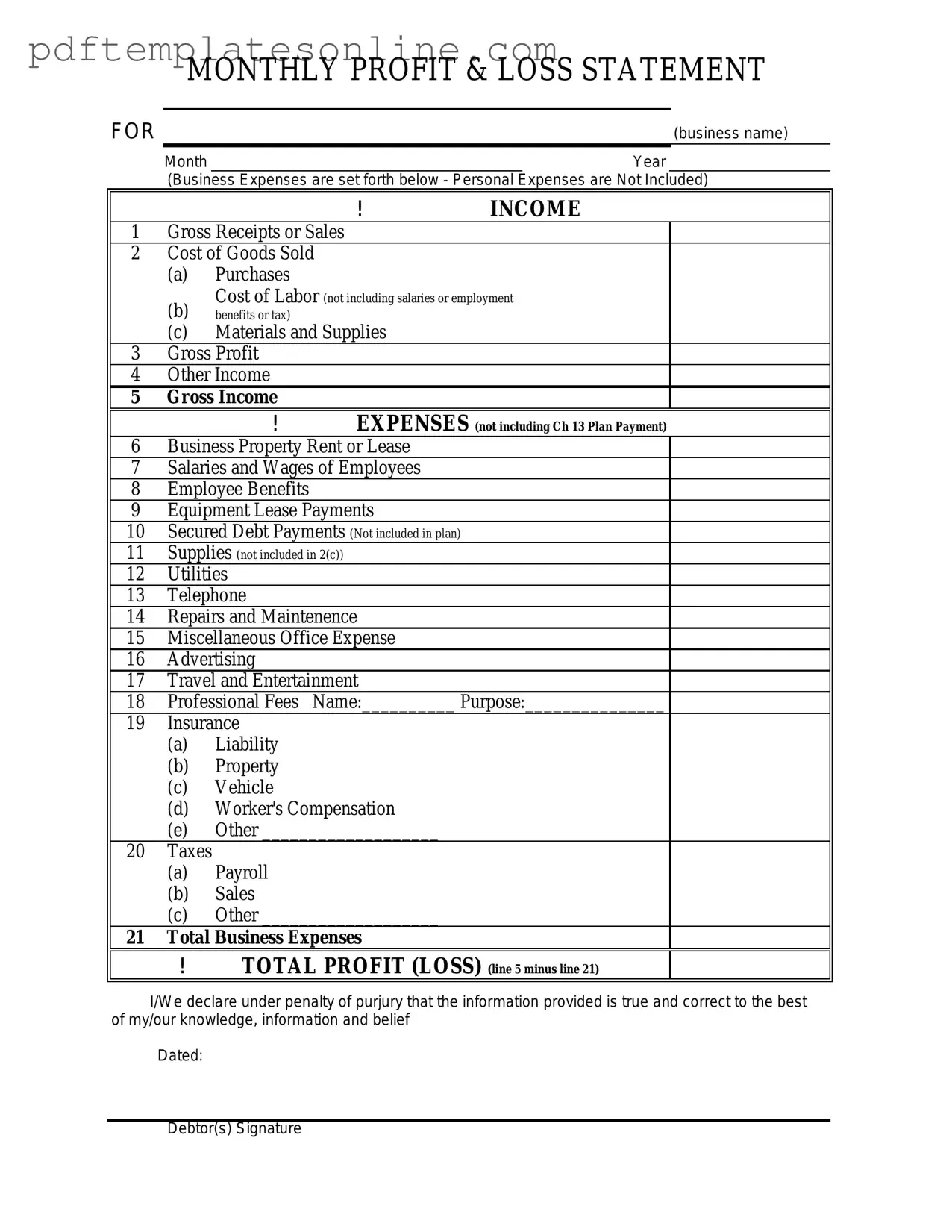Blank Profit And Loss Form
The Profit and Loss form, often referred to as an income statement, is a financial document that summarizes revenues, costs, and expenses incurred during a specific period. This form provides crucial insights into a business's financial performance, helping stakeholders understand profitability and operational efficiency. By analyzing the Profit and Loss form, businesses can make informed decisions to enhance their financial health.
Access Profit And Loss Editor Now
